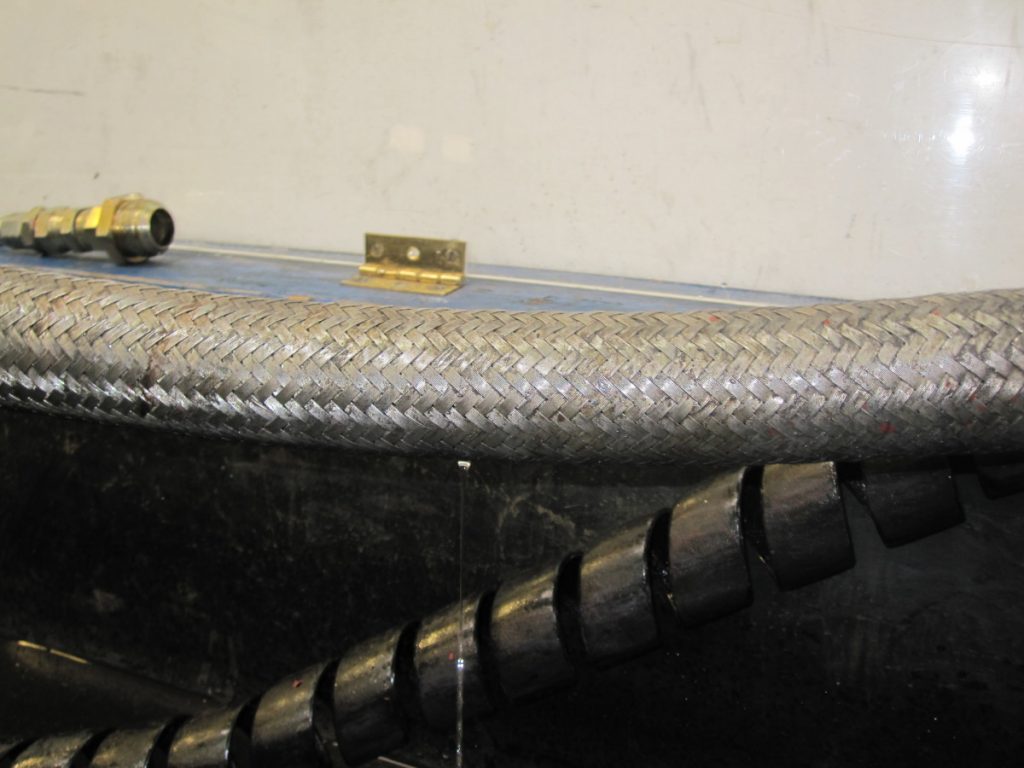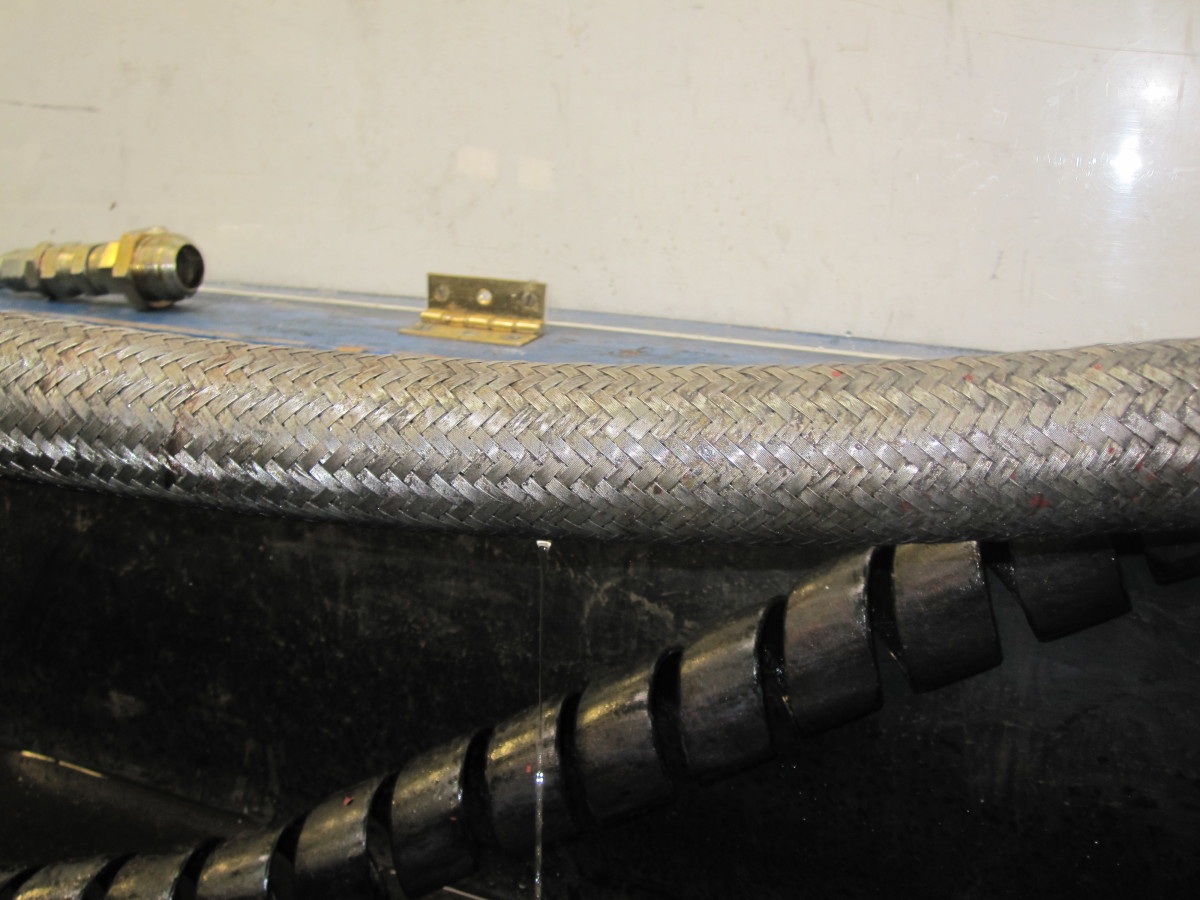Flexible hose assemblies are often the weak link in a system because they are more susceptible to damage than solid pipe work. Consequently it is important that a hose risk assessment is carried out before designing and specifying a flexible hose assembly into a system.
At Buckley Industrial we have based our risk assessment criteria on those of the Energy Institute’s ‘Guidelines for the Management of flexible hose assemblies’ written in consultation with the HSE, with some minor modification for shore based applications
We first of all look at an application and assess whether a flexible is needed and if so then look at the Consequence of Failure on Humans, Production and Equipment Loss and the Environmental Impact and score it from 1-5, 5 being either multiple loss of life, major damage to essential equipment or permanent damage to the environment.
We then look at the probability of failure and this tends to be based upon historical data or experience and is scored 1-5, 1 being low probability to 5 being very likely.
The score is then combined into a grid and a rating for the hose is allocated
| Scores | C1 | C2 | C3 | C4 | C5 |
| P5 | Class 2 | Class 3 | Class 4 | Class 5 | Class 5 |
| P4 | Class 2 | Class 3 | Class 4 | Class 5 | Class 5 |
| P3 | Class 2 | Class 2 | Class 3 | Class 4 | Class 5 |
| P2 | Class 1 | Class 2 | Class 3 | Class 4 | Class 4 |
| P1 | Class 1 | Class 1 | Class 3 | Class 4 | Class 4 |
| Class | Risk Exposure | Risk Mitigation measures | Visual Inspection frequency | Replacement frequency |
| 1 | Very low risk | Minimal monitoring required unless there is a change of use or operating conditions for which a revised assessment may be required. | Up to 5 years | As required |
| 2 | Low risk | Acceptable risk level based upon current control measures. Monitoring should continue | Up to 3 years | Maximum 10 years |
| 3 | Medium Risk | Moderate Risk level that may require additional control measures. Control measures should be reviews, objectives and targets should be set to see if impact can be reduced | Up to 2 years | Maximum 8 years |
| 4 | High Risk | Immediate risk mitigation measures should be implemented to reduce the consequence of failure and/or probability of damage. Additional engineering and/or operational controls/ procedures should be put in place to reduce the potential risk. Determine whether a hose assembly is the best solution for this application | Up to 6 months | Maximum 5 years |
| 5 | Very High Risk | Special dispensation is required for an FHA to continue in operation. Hoses should be removed from operation and an alternative method sought which demonstrates risks are ALARP (as low as reasonably practicable) | FHAs not suitable for this class – monitored constantly when in use. | |
Depending upon the Class of hose, it is then necessary to decide on the best course of action including frequency of formal inspection. At all times we want to be looking at lowering the class of hose.
It is possible to do this by reducing the likelihood of damage perhaps through change in operating and handling procedures or engineering design. In addition to this we can look at reducing the consequence of a failure perhaps through a containment measure.
We use the words formal inspection because, any sign or evidence of damage should be acted upon straight away as soon as it is observed and not wait until a formal inspection.
For hoses of Class 2 and above we would also recommend that they are pressure tested annually, and visually inspected monthly.
Buckley Industrial has a long history of pressure testing hoses for customers and it is amazing how many hoses fail a pressure test with no apparent visual external damage.
The following picture shows a hose that showed no external signs of damage and yet under pressure the evidence for failure is very apparent.

